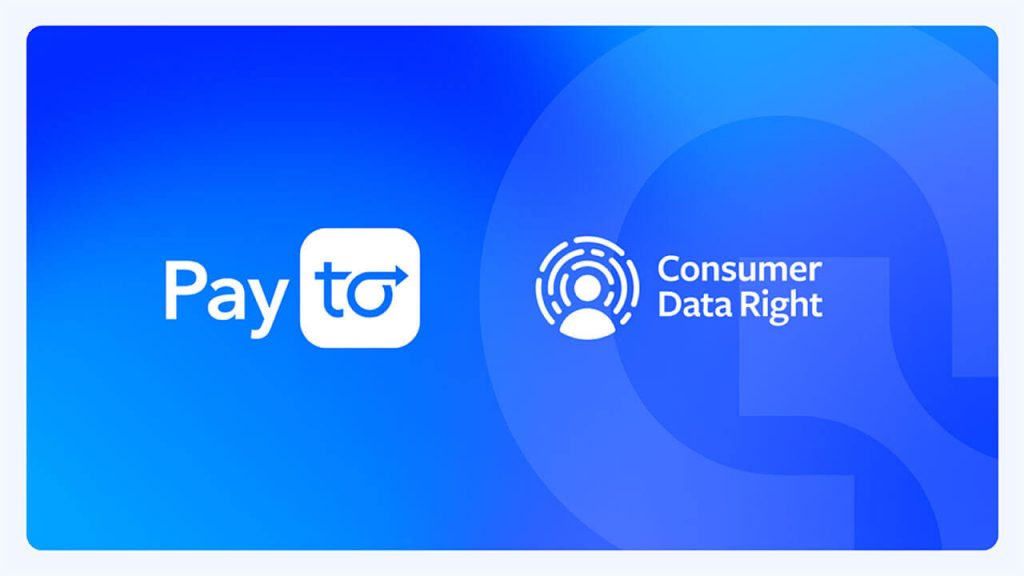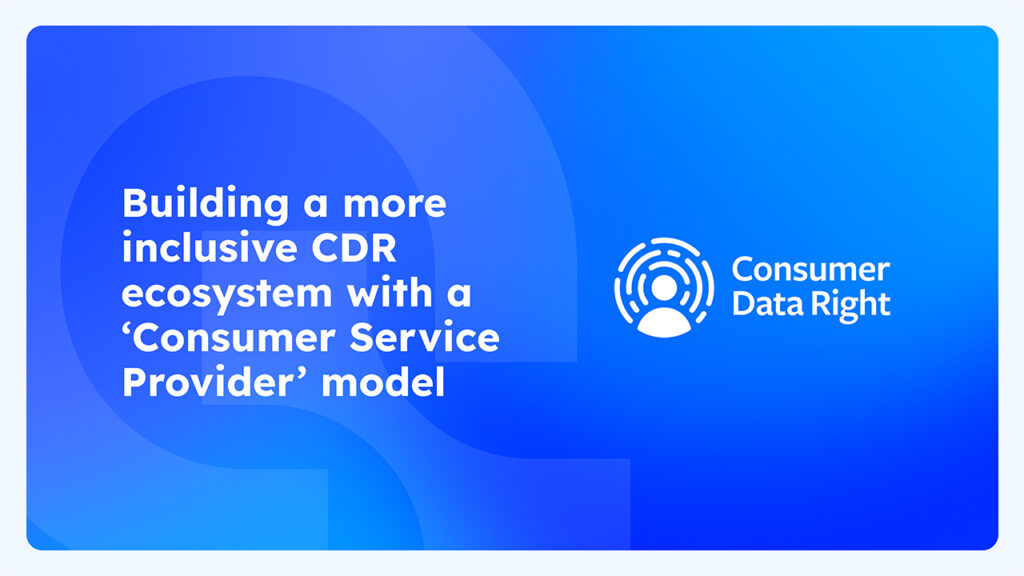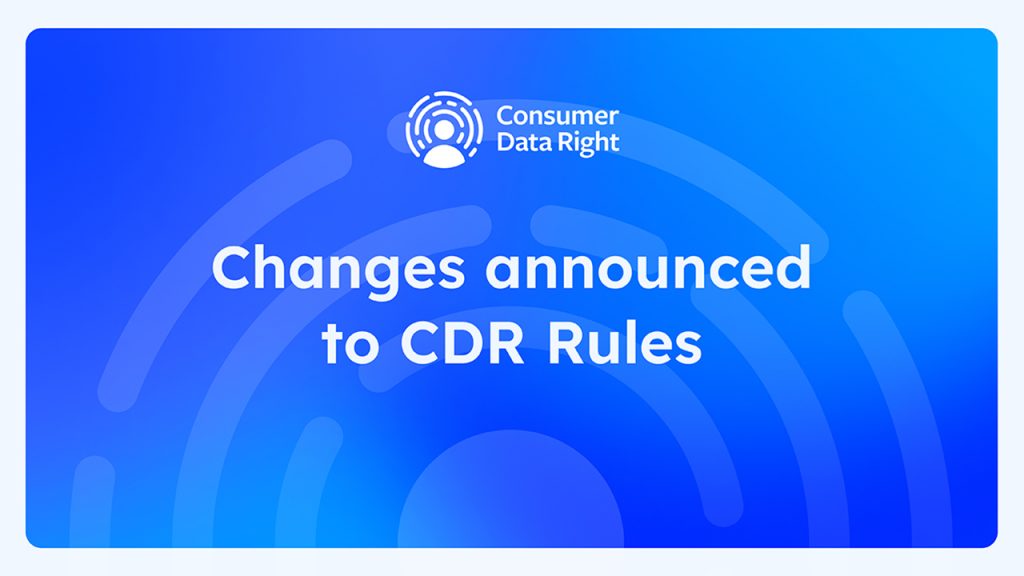Open Banking in Australia
Open Banking is the first phase of an economy-wide rollout of Consumer Data Right (CDR) legislation, which aims to give consumers greater control over their personal data, including the ability to securely share data with an accredited third party. At the heart of the CDR and Open Banking is the consumer-consented sharing of data via standardised API interfaces to accelerate innovation, drive competition, promote transparency and increase consumer benefit.
Some of the world’s biggest companies are powered by open APIs – whether it’s sending and receiving messages on Facebook messenger or being picked up at your exact location because Google maps can communicate with your Uber app. In financial services, a lack of open APIs has restricted this level of innovation and data sharing.
Despite this, a number of institutions and third party providers have made the sharing of financial data possible through screen scraping or “digital data capture.” The upside of a digital data capture approach is that they can be purpose built for any institution, not just ADIs. The downside is that it requires a consumer to connect to that institution with their login credentials (to learn more about how this is done securely, head here) and lacks stability as it is sensitive to even the smallest changes on a bank’s website.
By mandating an API blueprint for the sharing of financial data, Open Banking will increase uptake of personal data-driven products, provide a more stable connection to data and increase compatibility with data in other areas of the economy:
CDR Open Banking: The API Difference
- CDR mandated APIs provide a stable and reliable connection to data, making the jobs of developers easier and improving customer experience.
- CDR APIs also provide data standards across banking and utilities – for more cross-economy data sharing, better interoperability and more use cases at the intersection of financial data and utilities data.
- The mandated opening up of data means consumers don’t need to share their login credentials and have more granular control over what data is shared and with whom.
Under the CDR, Open Banking gives consumers greater control over their banking data, directly from within their bank. With standardised APIs, consumers can share data on their accounts and transactions as well as the products they use (and how much they cost) from within their bank. For accredited data recipients (ADRs), Open Banking APIs provide programmatic, ongoing and stable access to consumer-consented data to personalise current product offerings and create new ones altogether.

Current state of Open Banking
Open Banking is reaching one year into its rollout. At time of writing, participation and the availability of data is limited, with 7 institutions who can share data via CDR APIs and 11 accredited data recipients that can access the data held within those institutions – only two of which are consumer facing. In order for CDR Open Banking to facilitate participation for innovation, competition and consumer benefit, it needs to overcome a number of challenges outlined below:
Accreditation
Currently, anyone who wants to receive CDR data must be accredited at the highest level. This involves a thorough accreditation process that is both time and resource-intensive, with estimated costs of +$50,000 in annual compliance fees and a minimum three-month timeframe before onboarding. Both the ACCC and Treasury (who now have rule-making authority over the CDR) have proposed a number of changes such as a tiered accreditation, an intermediary model and, now, a sponsorship model.
Even if the accreditation process were adjusted to be less prohibitive, the ACCC still faces the issue of processing accreditation for fintechs in a timely manner. Australia’s current fintech ecosystem consists of hundreds of companies, with more on the rise – most of which require customer data. If all these fintechs need to become ADRs this raises the question of whether it’s possible to reasonably process all these applications without significant delays.
CDR offers the blueprint for data sharing, but it’s up to the data holders to provide the pipes and the data recipients to realise its value. Until participation increases, much of CDR’s value lays dormant.
APIs don’t guarantee availability and standardisation of data
One of the biggest misconceptions around CDR data is that the data being returned is consistent across the institutions. Though CDR APIs provide a standardised and structured format for data, this doesn’t solve inconsistencies in the banking data itself. As an example, bank reserved data can vary greatly with each bank describing transactions in a unique way and the merchant information held by banks is often incomplete. To leverage CDR data, recipients will still need to clean, normalise and, in some cases, enrich the data to carry out their use cases.
How Transaction data differs across the Big 4:
| Bank | Transaction Descriptor |
| NAB | V6092 29/05 SP * TONY BIANCO COLLINGWOO 74617630150 |
| WESTPAC | SP * TONY BIANCO COLLINGWOOD VIC |
| ING | SP * TONY BIANCO – Visa Purchase – Receipt 125282In COLLINGWOOD Date 29 Dec 2019 Card 462263xxxxxx4392 |
| CBA | SP * TONY BIANCO COLLINGWOOD VI AUS Card xx4832 Value Date: 16/10/2020 |
Personal data holds value but what really secures customer relationships is the ability to leverage this data to provide better offers at the right time and make the right decisions on a consumer’s behalf. As CDR is phased in, it will be in a transitory phase and insufficient for many use cases on its own. Even with all ADIs sharing data, the ability to aggregate the data with external sources will be necessary to provide a full financial picture of a consumer.
Unlocking CDR Value with Basiq
Those who can stop viewing Open Banking as a compliance cost, and start viewing it as an opportunity to leverage a new paradigm of comprehensive, accurate and up to date customer financial data available on demand will have a first mover advantage. In order to do the above you need one API that can return enriched and consistent data across two sets of pipes:
- Access data across two sets sets of pipes (CDR and other data access methods):
- Dynamic switching based on the best way to access data for your use case
- CDR compliant data governance
- Simple, informed and trustworthy data sharing:
- Render a CDR-compliant consent sharing experience that can be customised to your brand
- Manage consents and handle data in line with CDR privacy principles.
- Actionable insights with CDR data:
- Enrich transaction data in real-time with merchant,location and category of spend
- Configure rules and perform actions based on changes in data such as payment initiation or financial notifications
Learn more by visiting Basiq’s Open Banking hub
Article Sources
Basiq mandates its writers to leverage primary sources such as internal data, industry research, white papers, and government data for their content. They also consult with industry professionals for added insights. Rigorous research, review, and fact-checking processes are employed to uphold accuracy and ethical standards, while valuing reader engagement and adopting inclusive language. Continuous updates are made to reflect current financial technology trends. You can delve into the principles we adhere to for ensuring reliable, actionable content in our editorial policy.




